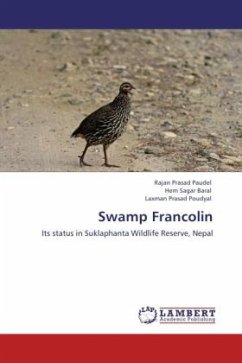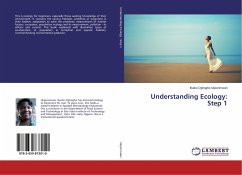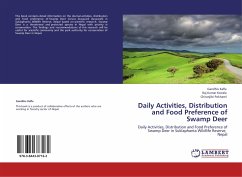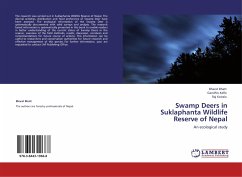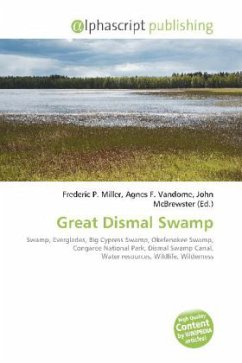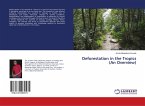Swamp Francolin (Francolinus gularis), a globally threatened bird endemic to the Indian sub-continent is perhaps gradually declining owing to different natural and anthropogenic factors. In order to get familiar with the population status, habitat, and the conservation threats this study was undertaken at Suklaphanta Wildlife Reserve which is the westernmost extent of this bird in Nepal. Population status was estimated by using its unique voice as identification method, which is more pronounced at dawn and dusk and at its zenith especially during the breeding period (Feb-May). This method of call count from different survey points yielded a maximum of 90 pairs of birds to be present in the reserve. Analysis of habitat parameters collected in different quadrates showed that Swamp Francolin population and grass density are significantly correlated (P = 0.070, df = 27) with positive sign. The tree density and the birds number are significantly correlated (P = 0.016, df = 27) with negative sign. Thus we conclude that Swamp Francolin prefers the grassland habitat and tends to avoid the forest land.
Bitte wählen Sie Ihr Anliegen aus.
Rechnungen
Retourenschein anfordern
Bestellstatus
Storno

